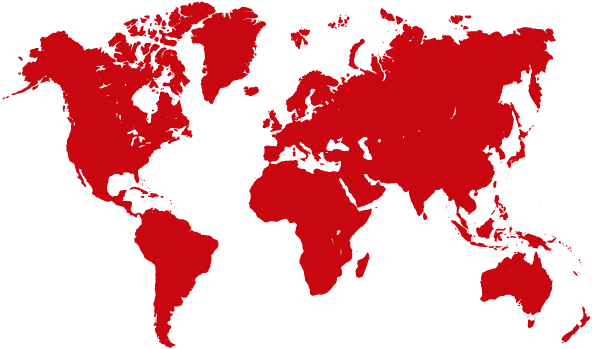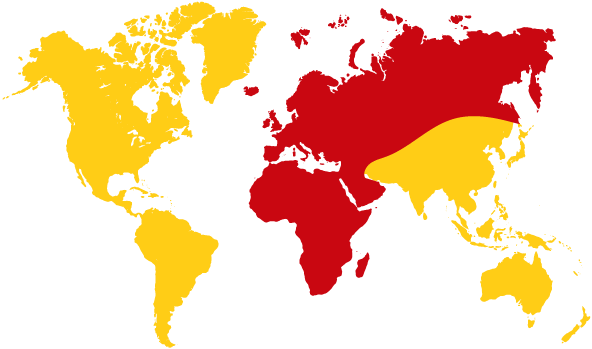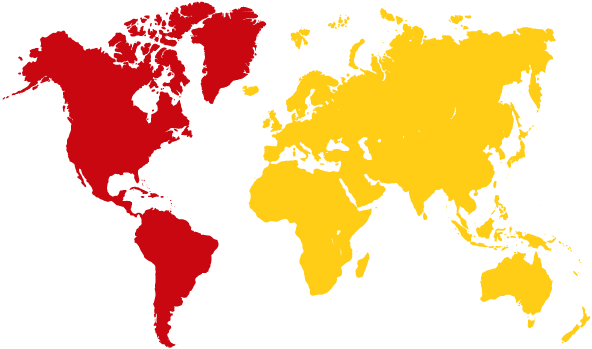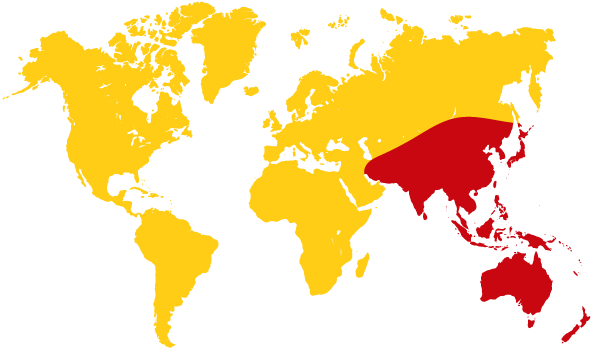Trained individuals took part in the Cascadia Rising Earthquake drill in the USA and Canada, with up to 20,000 people including radio amateurs, firefighters, the Community Emergency Response Team and Red Cross members, the medical reserve, law enforcement and others involved.
The exercise, overseen in the USA by the Federal Emergency Management Agency (FEMA), was held on June 7–10 had emergency radio traffic, crowd control, rescues and many injured being treated.
For an interoperability test, FEMA had 5 MHz channels so services could talk to each other. In a disaster, the Internet and phone service would be severed or impacted, with ham operators acting as messengers for emergency officials as they save lives and prevent more damage.
Bruce Bjerke K7BHB the Oregon Section Emergency Coordinator Amateur Radio Emergency Service says radio amateurs had a role to play in such exercises and welcomes the opportunity.
They were prepared with message forms, Winlink email, HF nets, VHF and HF data traffic, repeaters and simplex.
Hams were able to set up email-type services for emergency management officials, to bridge the gaps, as emergency officials scrambled to save lives and prevent more damage.
Similar reports came from Canada where ham radio operators were able to pick up the slack when other forms of communication were knocked out.
More than 60 different organisations and 600 people were involved in the three-day exercise, including Emergency Management British Columbia, Royal Canadian Mounted Police, Salvation Army, Red Cross, Coast Guard, First Nations and the radio amateurs.
The Cowichan Valley Amateur Radio Society President Steve Bradshaw participated in British Columbia, as part of provincial preparations for a response to a major earthquake.
He said when every way of communicating was cut off during an earthquake exercise on the West Coast of Vancouver Island, Amateur Radio stepped in with a call for help to the outside world.
For example telephone lines, mobile and wireless communications were knocked out in the simulated scenario, but volunteer ham radio operators managed to contact a Canadian Forces long-range patrol aircraft flying over the Rockies to broadcast rescue information.
A number of praises were received, including Naomi Yamamoto, British Columbia’s Emergency Preparedness Minister, who said the operators made history by communicating directly with the Canadian Forces aircraft on Amateur Radio frequencies. The radio volunteers proved their worth as a vital lifeline during a disaster.
The Cascadia zone is off the coast of Northern California through to British Columbia and Alaska, and is long overdue to release built-up stress.
The exercise identified response improvement for a magnitude‑9 earthquake and killer tsunami in the Pacific Northwest coastal communities with more than eight million people.
— Jim Linton VK3PC, Chairman IARU Region 3 Disaster Communications Committee



